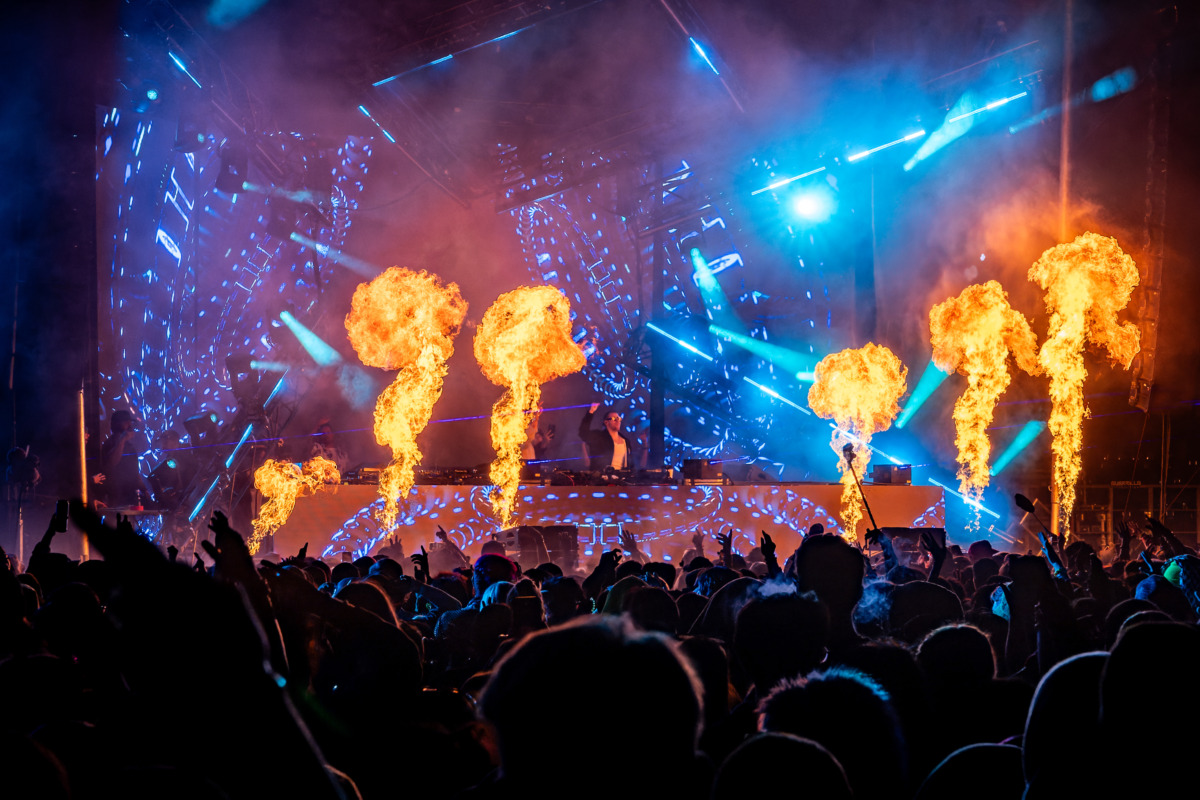The "Galactic Patrol Prisoner" saga of Dragon Ball Super features some pretty interesting surprises. This arc expands on the history and lore of the Galactic Patrol, the Angels and the Planet Namek. It also presents audiences with several new alien species, making Universe 7 feel far more expansive and varied. There's even a special appearance made by the Grand Supreme Kai and Uub. However, one of this saga's biggest surprises comes from the way the Namekian Dragon Balls are used.
Somehow, the Balls have done something completely out of left field. Apparently, they use their power to preserve the bodies of fallen Namekians until they can be revived. They do this not because of a wish but of their own free will. This phenomenon has several implications for the capabilities and nature of the wish-granting orbs.
The setup goes as follows. The main antagonist of the arc, Moro, uses his magic to absorb the life energy of not just individuals but entire planets. After escaping from the Galactic Prison, he showcases his power by consuming the life force of several planets across the universe. Unfortunately, the Z Fighters are unable to stop Moro from taking the energy of the Planet Namek, so its residents are rendered lifeless corpses.
Later in the arc, Vegeta masters the Yardratian technique Forced Spirit Fission and uses it on Moro. The technique allows all of Moro's stolen energy to escape from his body and return to its rightful home. Some of the energy even makes it back to those who died from being drained, including the Namekians. However, there's a condition for this bonus; if the victims have been dead for too long and their bodies have decayed, their energy cannot come back to them.
The Namekians are able to avoid permanent death with the help of the Dragon Balls, but not in the way one would think. Normally, whenever victims of an evil entity need to be resurrected, the Dragon Balls are used to summon the Eternal Dragon and wish them back. This time, however, the Namekian Dragon Balls, without input from anyone, preserve the bodies of the Namekians for months until the energy can be returned to them. This may just be the theory the Namekian Esca puts forth, but since the narrative provides no evidence to the contrary, it's safe to believe it's a fact.
Assuming Esca is correct and the Dragon Balls personally stopped the dead Namekians from rotting, several implications can be made about them. For one, it's confirmed that the Dragon Balls and their dragon have a mind of their own. This is implied throughout Dragon Ball, but for the most part, the dragon will just robotically grant the wishes of whoever makes them. They rarely show any signs of free will or independent action.
It's entirely possible that these powers are exclusive to the Namekian Dragon Balls. Unlike on Earth, where the Dragon Balls are nothing more than a rumor to the masses, the Namekians consider their Dragon Balls sacred relics meant to be guarded with their lives. The name of the Namekian dragon, Porunga, can even be translated as "God of Dreams," further pointing to the reverence with which the Namekians hold these treasures. If the Namekian Dragon Balls are so important to their people, it would stand to reason that they would be given a little more capability than their Earth counterparts. Therefore, the Namekian Dragon Balls are likely capable of tasks not directly assigned to them.
For now, it remains unknown what caused this phenomenon. It will probably never come up again unless this specific set of circumstances of the Namekians "dying" from energy loss and having it directly restored to them occurs for a second time. Perhaps as new enemies and new issues threaten the Namekians, their Dragon Balls will reveal more of their hidden potential.
About The Author

